
THE PAUL A. BARAN PAUL M. SWEEZY MEMORIAL AWARD
John Smiths book, Imperialism in the Twenty-First Century, is the inaugural winner of the Paul A. BaranPaul M. Sweezy Memorial Award. This award, established in 2014, honors the contributions of the founders of the Monthly Review tradition: Paul M. Sweezy, Paul A. Baran, and Harry Magdoff. It supports the publication in English of distinguished monographs focused on the political economy of imperialism. The aim is to make available in English important work written in the tradition of Paul M. Sweezy, Paul A. Baran, and Harry Magdoff, broadly conceived. It will also apply to writings previously unpublished in English, and will include translations of new work first published in languages other than English.

Paul M. Sweezy co-founded Monthly Review in 1949, and, with Paul A. Baran, developed the fundamental analysis of accumulation under monopoly capitalism. Barans The Political Economy of Growth, published in 1957, set the template for understanding imperialism in the latter part of the twentieth centuryan argument that was to be further developed in Baran and Sweezys Monopoly Capital (1966). Harry Magdoff, who would become the co-editor of Monthly Review, carried this project forward in The Age of Imperialism (1969) by investigating the historical trajectory of imperialism and tracing the contours of monopoly capitalism as a world system of exploitation. Their collective effort helped form a current of independent socialist thought of increasing importance on a global scale.
Today, the struggle continues against a global capitalist system that has created conditions of increased exploitation in the countries of the global South, alongside a vast transfer of wealth to imperialist centers of the global North. While untold profits accrue to imperialisms ruling elitethe 1 percent of society at home and abroadthe 99 percent of the worlds population experience greater hardship and misery. The imperial system of the twenty-first century is one marked by growing uncertainty, instability, and ecological disaster. The promise of national emancipation through independence has not been fulfilled in general. Capitalist globalization is in fact imperialism without colonies.
Please visit our website for complete details of the award.
IMPERIALISM
in the Twenty-First Century
Globalization, Super-Exploitation, and Capitalisms Final Crisis
John Smith

MONTHLY REVIEW PRESS
New York
Copyright 2016 by John Smith
All Rights Reserved
Library of Congress Cataloging-in-Publication Data
Smith, John Charles, 1956
Title: Imperialism in the twenty-first century : globalization, super-exploitation, and capitalisms final crisis / John Smith.
Description: New York : Monthly Review Press, [2016] | Includes bibliographical references and index.
Identifiers: LCCN 2015046537 (print) | LCCN 2015050017 (ebook) | ISBN 9781583675779 (pbk.) | ISBN 9781583675786 (hardcover) | ISBN
9781583675793
(trade) | ISBN 9781583675809 (institutional)
Subjects: LCSH: CapitalismPoltical aspects. | Neoliberalism. | International trade. | GlobalizationEconomic aspects. | ImperialismEconomic aspects.
Classification: LCC HB501 .S636155 2016 (print) | LCC HB501 (ebook) | DDC
330.12/2dc23
LC record available at http://lccn.loc.gov/2015046537
Monthly Review Press
146 West 29th Street, Suite 6W
New York, New York 10001
monthlyreview.org
Typeset in Minion Pro
5 4 3 2 1
Contents
LIST OF FIGURES AND TABLES
Per Capita GDP (PPP$*) by Nation |
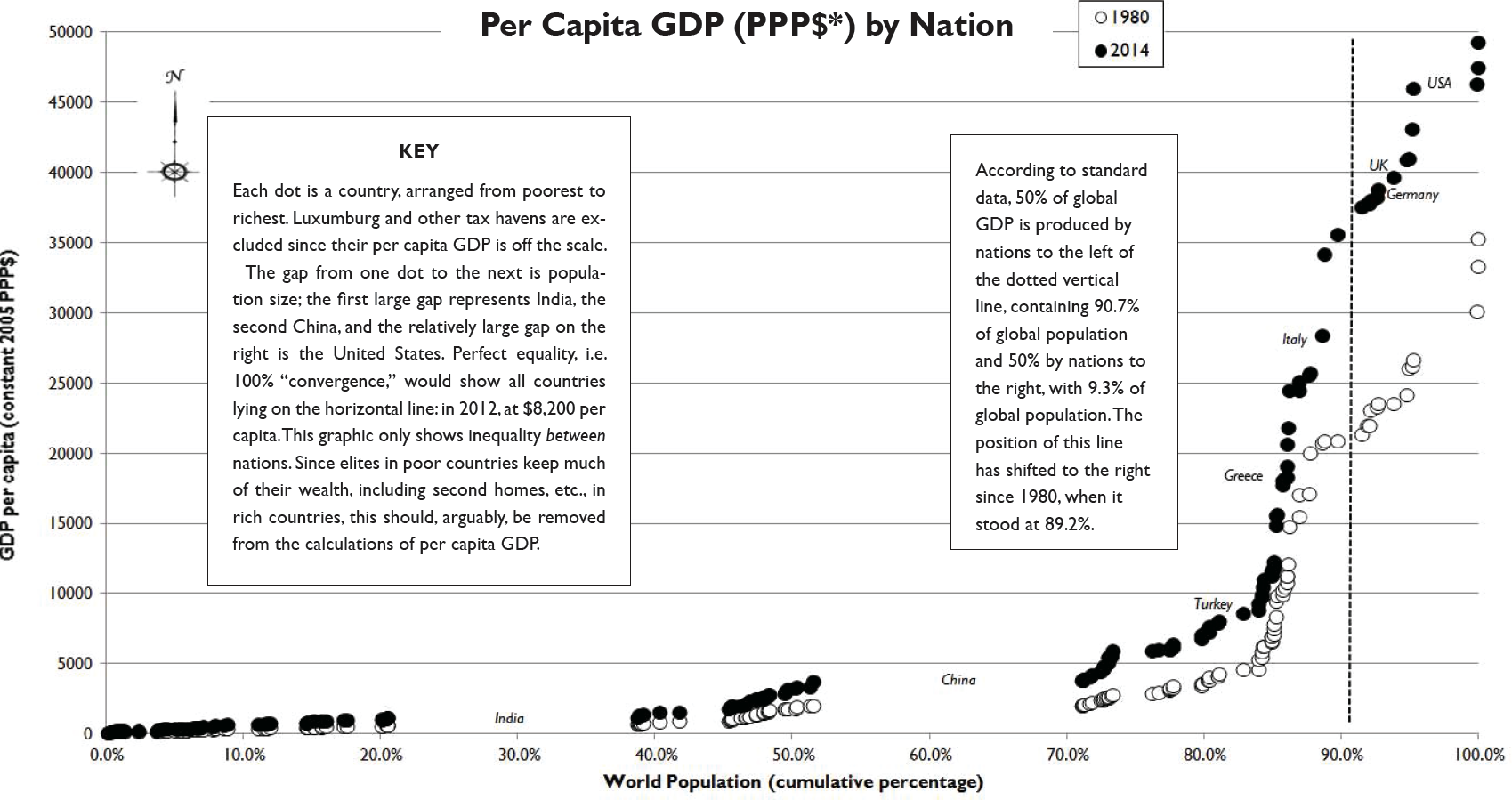
Source: World Bank, World Development Indicators.
*Purchasing Power Parity.
 1
1 
The Global Commodity
T he collapse of Rana Plaza, an eight-story building housing several textile factories, a bank, and some shops in an industrial district north of Dhaka, Bangladeshs capital, on 24 April 2013, killing 1,133 garment workers and wounding 2,500, was one of the worst workplace disasters in recorded history. This disaster, and garment workers grief, rage, and demands for justice, stirred feelings of sympathy and solidarity from working people around the worldand a frantic damage-limitation exercise by the giant corporations that rely on Bangladeshi factories for their products yet deny any responsibility for the atrocious wages, living, and working conditions of those who produce all their stuff. Adding to the sense of outrage felt by many is the fact that, the day before, cracks had opened up in the buildings structure and an initial inspection resulted in its evacuation and a recommendation that it remain closed. Next morning a bank and shops on the ground floor obeyed this advice, but thousands of garment workers were ordered back to work on pain of dismissal. When generators illegally installed on the top floor were started up the building collapsed. Jyrki Raina, general secretary of IndustriALL, an international union federation, called it mass industrial slaughter.
The screams of thousands trapped and crushed as concrete and machinery cascaded down upon them unleashed a full-spectrum shockwave, amplified by the anguished howl of millions around the world. The calamity made instant headline news. Consumers of clothes made in Bangladeshs garment factories were confronted by their palpable connection to the people whose hands made their clothes, and about their miserable existence on this earth. Like an intense x-ray beam, the shock-wave from Rana Plaza lit up the internal structure of the global economy,
The starvation wages, death-trap factories, and fetid slums in Bangladesh are representative of the conditions endured by hundreds of millions of working people throughout the Global South, the source of surplus value sustaining profits and feeding unsustainable overconsumption in imperialist countries. The people of Bangladesh are also in the front line of another calamitous consequence of capitalisms reckless exploitation of living labor and nature: climate change, more accurately described as the capitalist destruction of nature. Most of Bangladesh is low-lying, and as sea levels rise and monsoons become more energetic, farmland is being increasingly inundated with salt water, accelerating migration into the cities. As a result Bangladeshs capital city, Dhaka, whose population has doubled in the last twenty years and is already one of the largest and most densely populated cities in the world, is growing by more than 600,000 people each year. None of these negative consequences of capitalist development figure in calculations of Bangladeshs GDP, yet they are real, and are borne by its workers and farmers and by its natural environment. They pay the price, but who profits? How much do the proceeds of their exploitation fuel capitalist development in Bangladesh, and how much of it feeds capitalist accumulation in imperialist countries?
Many commentators have drawn an analogy between the Tazreen and Rana Plaza disasters and notorious disasters in the United States and Europe more than a century ago, arguing that by catalyzing concerted action to tackle underlying causes these recent tragedies could force Bangladeshs garment factory bosses to finally clean up their act. Thus Amy Kazmin, writing in the
Next page
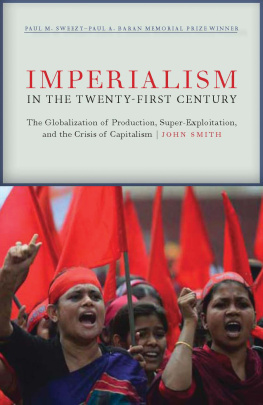
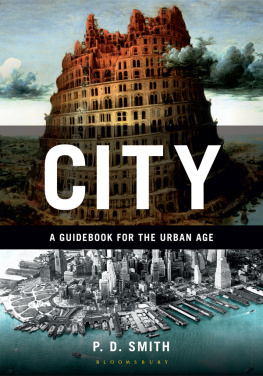
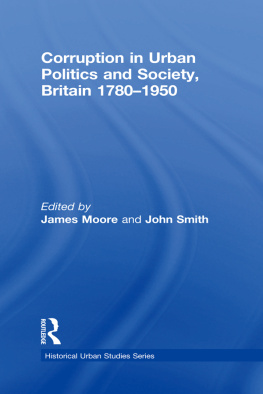




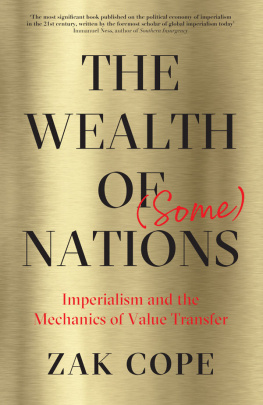

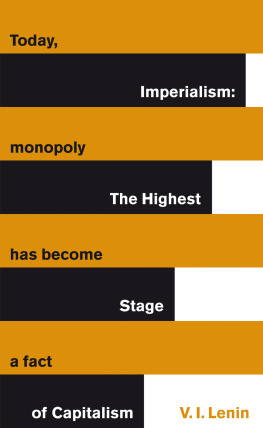
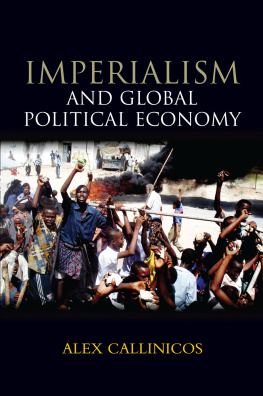

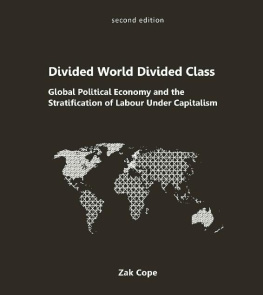
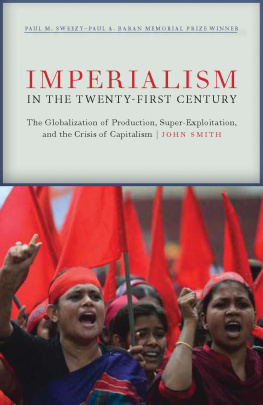




 1
1